General description
A wireless lighting control solution implements a networking infrastructure that utilizes radio waves to communicate commands and transmit data throughout the network. Network connectivity is a defining characteristic of smart lighting. Intelligence can be incorporated into lighting systems themselves, but the power of smart lighting can only be unlocked when the intelligent lights are able to communicate. Connecting lights together in a computer-controlled network creates an interoperable environment that allows integration across previously isolated functions.
Digitization and networking of lighting systems opens the door to a wide range of capabilities, making it possible to exercise remote control, automate lighting, develop personalized service on demand, and optimize operations by analyzing and synthesizing real-time and trended data. Connected lighting is deployed using either a wireless or a wired communication platform. Driven by the wave of Internet of Things (IoT), there is a clear trend of moving the connectivity layer to the RF-based wireless network.
Wireless networking
Wireless networking is uniquely positioned to address the challenges prohibiting wider adoption of IoT-based smart lighting solutions which can significantly expand the universe of opportunities to drive operational efficiencies, deploy innovative control strategies and create extraordinary lighting experiences. The cost of wiring and installation with power line communication (PLC) and Power-over-Ethernet (PoE) networks can be extravagant. Physical wiring also compromises the flexibility in both fixture and controls deployment and undermines network scalability and interoperability. A wireless lighting control solution reduces the cost of network setup and shortens electrical planning. Without the fusses and restrictions imposed by electrical wiring, wireless networking of lighting systems offers the ultimate flexibility in control zoning and rezoning.
The introduction of wireless mesh networks as the backbone for connected lighting systems not only makes a lighting network very simple to implement, operate and scale in sizes, but also enables seamless collaboration, contextual services and data sharing between endpoints (LED drivers, sensors, and other smart nodes). The energy effectiveness and control capabilities of cable-bound lighting control networks tend to be static. When the original design diverges from the ever-changing needs of the lighting applications, the value of a wired system shrinks over time. Wireless lighting control solutions are future-proof and can accommodate hassle-free upgrades to satisfy evolving needs. This is especially true in retrofitting lighting systems for challenging environments like office buildings and large retail and industrial facilities. Deploying or upgrading wireless lighting control solutions requires no costly and labor-intensive modification on the existing infrastructure.
Solid state lighting and wireless communication go hand in hand
Solid state lighting (SSL) and wireless communication technologies collaborate with each other in a mutually reciprocal relationship to transform the concept of smart lighting. With the advent of LED technology, the possibilities of what can be done with artificial lighting have grown tremendously. LEDs are inorganic electroluminescent devices that produce visible light by electrically stimulating electron-hole recombination across a semiconductor bandgap. The fundamental mechanism of LED lighting enables a significant improvement in efficiency and lifespan. With electrical switch durability, best-in-class dimming performance and instant light output, LEDs work brilliantly with digital control systems to make lighting adaptive to the environment and responsive to user needs.
Through bandgap manipulation and phosphor conversion, LEDs can be engineered to transport electromagnetic radiation of all wavelengths in the visible range for the desired color rendering performance and correlated color temperature (CCT). The ability to dynamically tune the spectral power distribution (SPD) of a multi-channel LED system through individual, accurate dimming of component LEDs gives lighting a human dimension. A full spectrum of precisely controllable light delivered by RGB-based color mixing systems offer endless possibilities to aesthetically enhance an environment. Tunable white lighting systems operated by digital control systems can fine tune the intensity and spectrum of emitted light to engage specific physiological response that supports human well-being, performance and health.
Wireless networking makes control zoning on steroids
While LED technology affords the chance to build digitally controllable lighting systems, wireless communication technologies enable digital networking and individual addressing of the intelligent LED systems. Wireless networks operate digital protocols that communicate control signals and other information as digital binary messages. As a result, lighting systems can be integrated into the network easily and allows for remote operation through software applications. Digital RF protocols generally support two-way communication which provides an additional benefit of allowing remote monitoring of performance data such as energy consumption and driver status. Wireless networks provide complete zoning freedom. Individually addressable lighting systems can be zoned as small as a single luminaire or as large as tens of thousands of luminaires.
The ability to create granular zones at no costs contributes to greater precision and accuracy in system response. The latest energy codes and carbon neutral initiatives are driving a trend toward granular control zones to capture all possible energy savings for commercial buildings, industrial and warehousing facilities, and public infrastructures.
With digital networking, the same lighting system can be assigned to different conceptual groups to enact different control strategies under different circumstances. An infinite variety of control options are therefore available to maximize the effectiveness of energy management strategies while supporting lighting design objectives.
Lighting controls strategies
With digital lighting transformation forging ahead as a result of the intersection of solid state lighting and wireless networking, a vast array of lighting controls strategies can be deployed with maximum effectiveness to increase energy savings and satisfy visual needs of humans. Occupancy sensing, daylight harvesting, task tuning, time scheduling, demand response (DR), adaptive compensation and lumen maintenance dimming form the core of most general lighting control systems.
- Occupancy sensing refers the use of passive infrared (PIR), ultrasonic or microwave sensors to detect human occupancy in the controlled space and operate the lights based on the presence or absence of people. Most occupancy sensors can be programmed to perform as vacancy sensors which turns off the light when no human presence is detected.
- Daylight harvesting controls are automatic photocontrol systems that use a photocell (photosensor) to measure ambient illuminance, in communication with a light controller, which decides whether to reduce or turn off electric lighting. Institutional tuning, or task tuning, is designed to prescribe the appropriate amount of illuminance each individual space thereby avoiding excessive lighting.
- Time scheduling is about controlling lighting based on time of day and day of the week. Demand response control systems cut peak lighting loads and reduce stress on the electric power grid during peak electricity usage times in exchange for incentives or lower energy costs.
- Adaptive compensation refers to adjust light output based on the fact that humans both need and prefer less light at night than during the day.
- The lumen maintenance dimming or constant light output (CLO) functions enables LED systems to compensate for the depreciation of luminous flux and deliver constant lumen output throughout the life of a light engine.
Multi-zone coordination
Lighting control solutions are becoming ever more sophisticated with multi-zone coordination afforded by digital networking and highly controllable illumination enabled by LED technology. Network controllers can coordinate a group or multiple groups of individually addressable and controllable color-changing LED lighting systems to create dynamic and intricate color patterns for landscape, facade or architectural lighting. Light fixtures working in multiple control zones can be configured to interact with a wireless sensor network (WSN). The motion sensors detect human or vehicle movement in a sequential order and activate lights of associated control zones consecutively. Delivering light on demand is the most effective energy saving strategy for indoor navigational lighting and outdoor roadway lighting. In residential, hospitality and retail environments, multiple layers of light are often used to create visual hierarchies. Wirelessly controlled lighting systems can be zoned in a manner analogous to layering in lighting design.
Network architecture
Today’s wireless lighting control systems have a flat architecture. The LED lighting systems usually incorporate processing power and network connectivity to form integrate digital nodes that can communicate directly or indirectly via a gateway with the central management system (CMS). Sensors may be integrated into the luminaires or can be smart nodes that are able to collect, process and transmit data independently. At the heart of smart lighting and sensor nodes are embedded systems built on microcontrollers.
A microcontroller (MCU) is an integrated circuit (IC) consisting of a central processing unit (CPU), a memory block, a system clock (oscillator), and other peripheral devices. The CPU decodes and executes data and instructions fetched from program memory and communicates with the memory block and input/output (I/O) devices through system bus. The I/O ports connect peripheral devices such as LED drivers and sensors with the microcontroller. Based on the commands issued by the microcontroller, the LED driver regulates drive current to manipulate the LED output. An LED driver may incorporate CCR or PWM circuity to implement control strategies that require dimming of the connected LEDs.
Connectivity platform
Network connectivity is provided by a radio transceiver which may support one or more wireless communication protocols. Communication protocols form the operational basis of digital networking as it allows various devices to speak the same languages and recognize each other. Over the years, various open and proprietary protocols for wireless control of smart devices have been developed. A few of them operate in licensed bands, while others are deployed in unlicensed bands.
The main advantage of operating a network in the licensed spectrum is the guaranteed freedom from interference from overlapping transmitters. LTE-M and NB-IoT are two 3GPP-standardized low power wide area network (LPWAN) technologies that use licensed spectrum bands managed by mobile network operators (MNOs).
Unlicensed connectivity solutions are relatively inexpensive and can be managed in-house, rather than relying on MNOs. On the downside, unlicensed technologies are usually less immune to electromagnetic interference. The most widely recognized LPWAN connectivity solutions of this type are LoRaWAN, Sigfox and Ingenu. Bluetooth, Zigbee, Thread, Z-Wave, and Wi-Fi which are short to medium range solutions operating in the unlicensed Industrial Scientific and Medical (ISM) bands.
Low Power Wide Area networks (LPWANs)
In the lighting sector, LPWAN radio technologies are designed to provide affordable connectivity for outdoor lighting systems that are installed at geographically dispersed locations. LTE-M (LTE category M1) is a low power version of LTE (long-term evolution) that enables IoT devices to connect to a 4G network directly. LTE-M supports extended battery life, voice telephony and cellular tower handoffs for mobility. LTE-M caps both upload and download speeds at 1Mbps. Narrowband IoT (NB-IoT) has a lower data rate than LTE-M and does not support mobility. The technology was designed to keep the costs of IoT device deployment as low as possible. NB-IoT makes use of both network- and device-side authentication to support data security.
LTE-M and NB-IoT utilize existing 3G and 4G networks to offer virtually global coverage and are aligned to the improvements of the fifth generation (5G) network architecture. 5G networking implementations are intended to accommodate critical IoT applications that have strict reliability and latency requirements and high data rate needs.
LoRaWAN is a Media Access Control (MAC) protocol that uses the sub-GHz LoRa (Long Range Radio) technology at the physical layer. The technology offers a peak data rate of 50 Kbps for a 125 kHz bandwidth. The LoRaWAN network is a star-of-stars architecture consisting of one or more gateways connected to one central network coordinator (network server) and communicating with the end devices. Sigfox is an ultra-narrowband (UNB) radio technology designed to be a low data rate application with throughputs ranging from 10 to 1,000 bits per second. Ingenu is a proprietary LPWAN solution that uses Random Phase Multiple Access (RPMA) technology to enable bidirectional communication at data rates of hundreds of thousands of bps.
Device-to-device (D2D) communication networks
The majority of the wireless lighting control solutions have been developed for local networks in which the lighting and sensor nodes do not participate in long range or device-to-cloud (D2C) communications. Typically, these solutions are designed for networking applications that emphasize interoperability, reliability, scalability, manageability, flexibility, low cost, and in certain cases, also data security. The new trend introduced by Internet of Things is driving information exchange and collaboration between heterogeneous resources, devices, and services. Achieving true interoperability between and among components has therefore become a foundational requirement for a connected lighting solution.
Wi-Fi is the most well-known RF communication technology in the world. However, this broadband technology is rarely on the radar. Wi-Fi communication takes a lot of processing power. Its protocol stack does not define the application layer that is needed to support device-to-device (D2D) communication. Device-to-device communication allows endpoints to communicate and interact directly without the coordination of a centralized node. D2D connectivity is generally provided by wireless mesh networks such as Bluetooth mesh, Zigbee, Z-Wave and Thread, which allow nodes within the communication range to talk to one another.
Mesh networking
The mesh topology is designed to enable interconnections and hence data exchange among neighboring nodes throughout the network. It contrasts with the star topology in which all communications are routed through a central coordinator node. The coordinator of a star network represents a single point of failure, which can lead to a total failure of the network.
With mesh networking, traffic can move dynamically along optimal paths and each node has redundant paths to overcome communication interruptions and traffic bottlenecks. Mesh networking also provides an easily scalable solution that is simple to implement and operate. The device identification process is automatic and self-configuring. The network range can be extended through multiple hops.
A wireless mesh network can operate independently with its own ecosystem of devices, services and security. It can also be integrated with other networks thanks to the protocol stack optimized for IoT applications.
Among the mesh networks, Bluetooth Mesh and ZigBee are making the most headlines for their unmatched scalability, network robustness and product ecosystems.
Bluetooth mesh uses the managed flood messaging approach whereas ZigBee uses destination-based routing. Flooded mesh networks are much simpler to implement than routed networks because they relay packets by flooding the network through broadcasts, rather than relying on the use network coordinators and routers. Bluetooth mesh defines all protocol layers and thus enables complete interoperability.
ZigBee adds network and application layers on top of the IEEE 802.15.4 stack which defines only the specifications for the physical layer and Medium Access Control (MAC) layer. The IEEE’s physical radio specification restricts the data rate to 250 kbps in the 2.4 GHz band and 40 kbps/20 kbps in the 900/868 MHz bands. Bluetooth mesh operates in the 2.4GHz band is capable of communicating at up to 1 Mbps. Bluetooth mesh and ZigBee are specified to support up to 32,000 and 65,000 nodes per network, respectively.
Internet connectivity
As the IoT has evolved from a concept to a productivity tool, wireless lighting control solutions are moving towards leveraging Internet Protocol (IP) as a unifying protocol for all communications. Virtually all connected lighting solutions implement an IoT framework that defines a layered architecture. Smart lights, sensors and other embedded systems work at the physical layer to capture different types of information. The collected data in turn is processed and synthesized on the processing layer to enable development of meaningful control strategies and innovative applications which are in turn executed by the smart lights. The network layer is responsible for secure data transfer between the physical layer and the processing layer. It typically uses the device-to-device architecture to enable integration and interoperation of different types of devices at the physical layer. A device-to-gateway architecture is then used to establish IP-based communication between the devices and the IoT platform which resides in the processing layer.
Bringing Internet connectivity to the resource-constrained IoT devices allows interoperation and collaboration to occur between previously isolated networks. The lighting network can be integrated into other IoT systems such as a building management system (BMS), a smart home system or the smart city ecosystem for centralized network management and advanced IoT applications. IP-enabled control devices such as smartphones and tablets can be easily integrated into the network. IoT transformation of the lighting infrastructure drives the convergence between operational technology (OT) and information technology (IT).
An IoT platform provides a suite of software components that make use of cloud-based IT infrastructure to turn data into value and develop collective intelligence. An IoT platform also provides connectivity and device management, service orchestration, application enablement, and security management to streamline infrastructure management and reduce the complexity in IoT deployments.

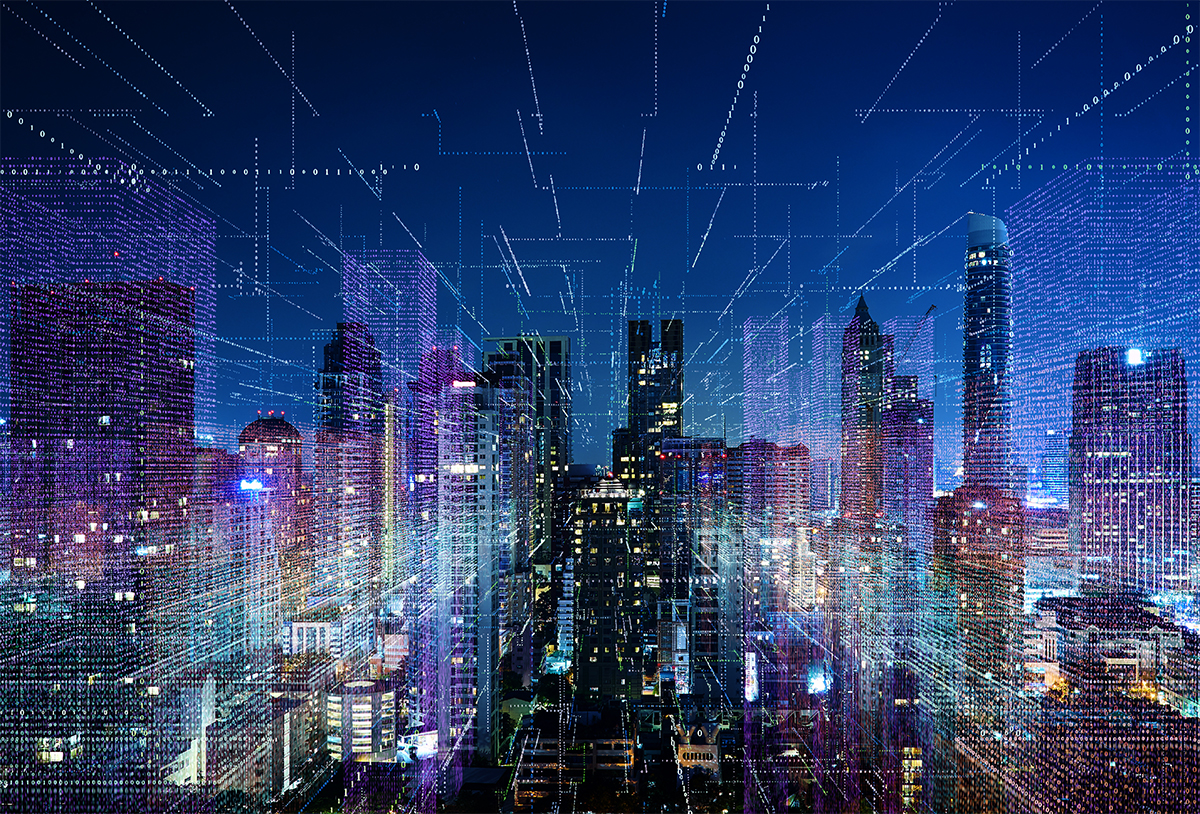
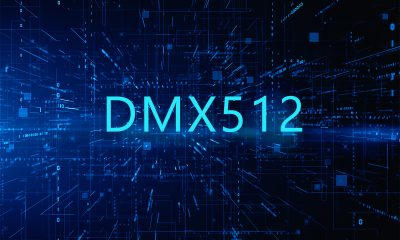
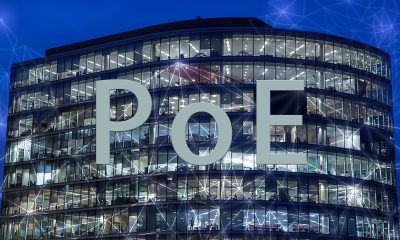

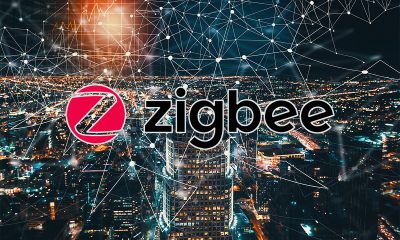
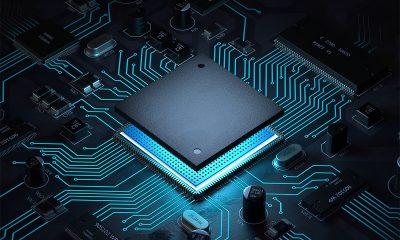
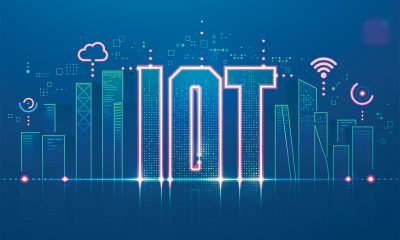
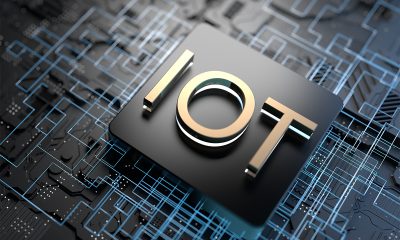
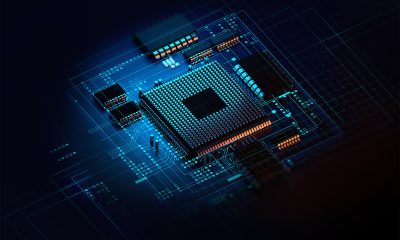
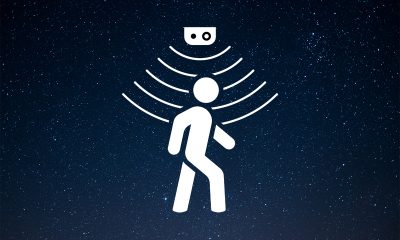

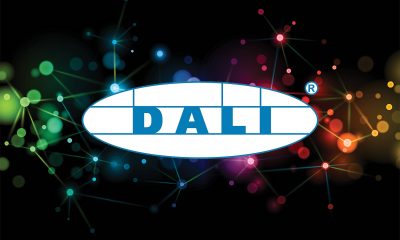
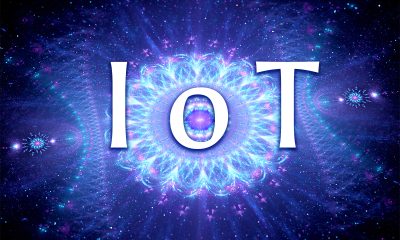





Loading...